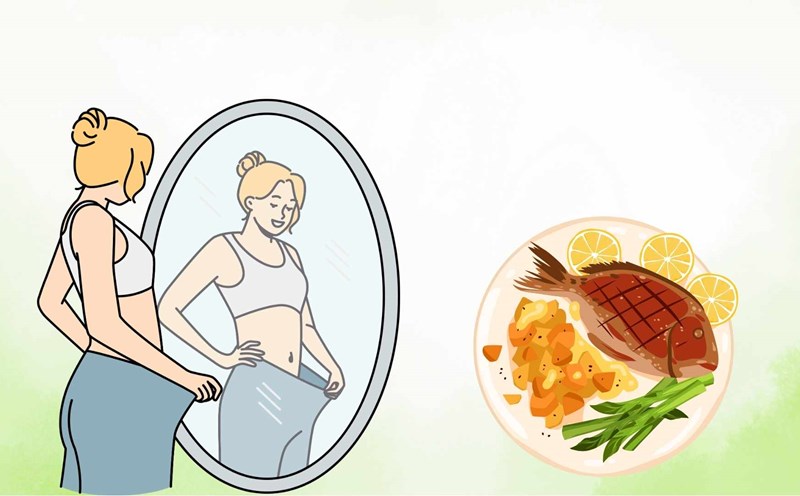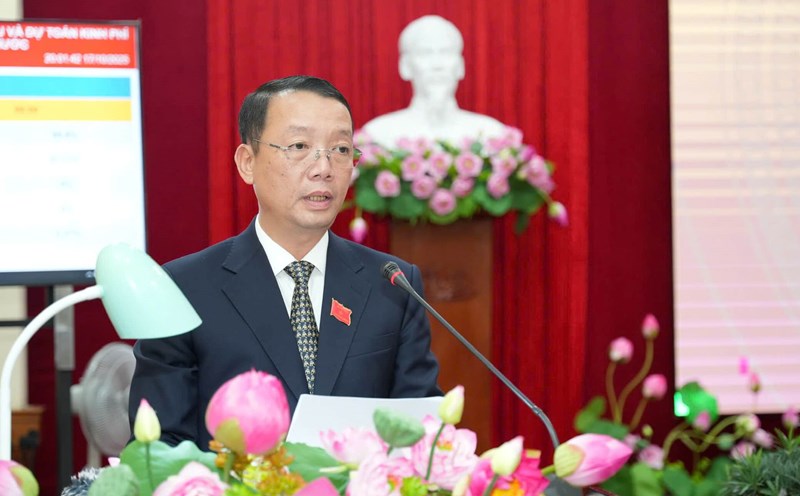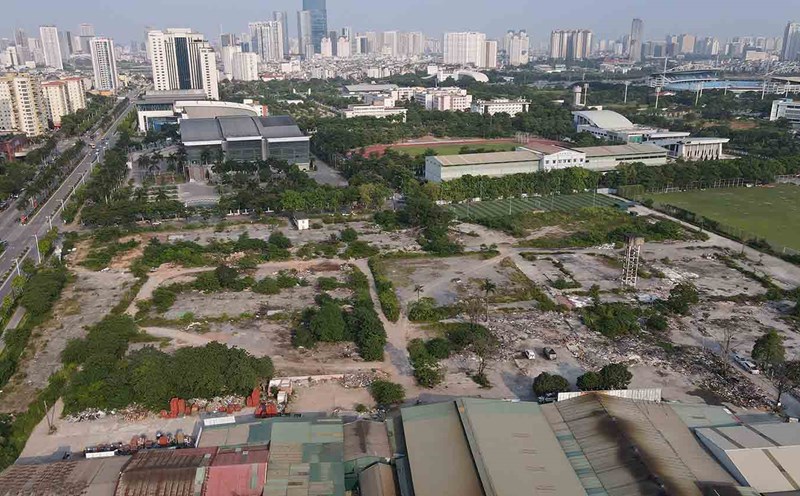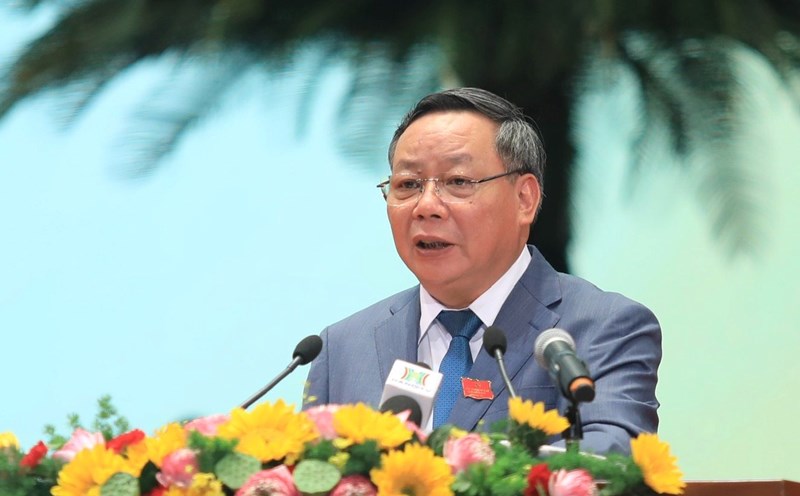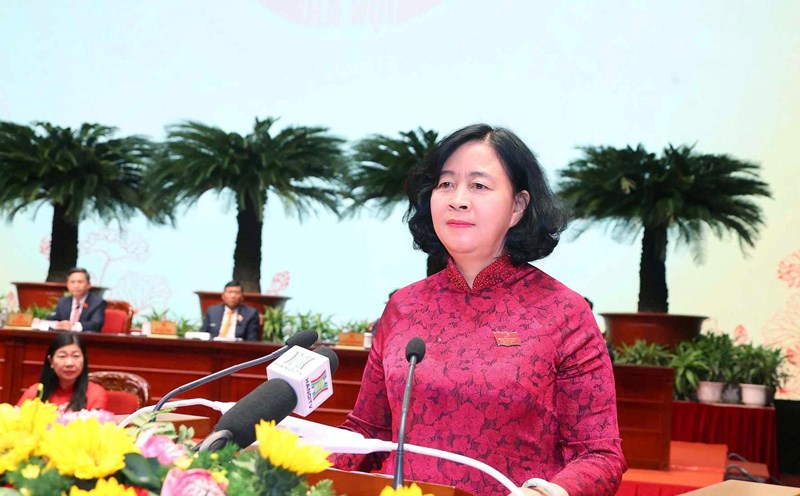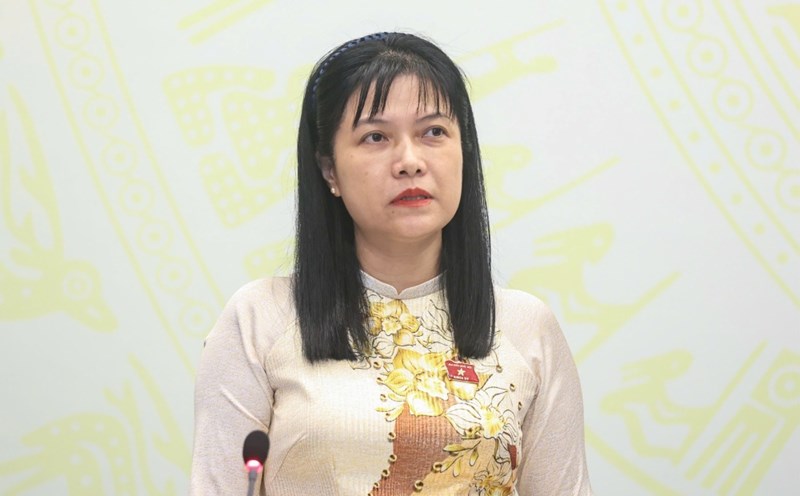According to the report of the Department of Fisheries and Fisheries Control, the area of palapia farming nationwide in 2024 will reach about 30,000 hectares, with an estimated commercial output of 316,000 tons. Tri fish is raised mainly in the Red River Delta, North Central and Mekong Delta provinces.
In the first 8 months of 2025, the export turnover of tilapia (including perch) reached over 63 million USD, an increase of more than 170% over the same period last year. The US is the largest market, accounting for about 60% of total turnover. The figures show the strong development potential of this industry.
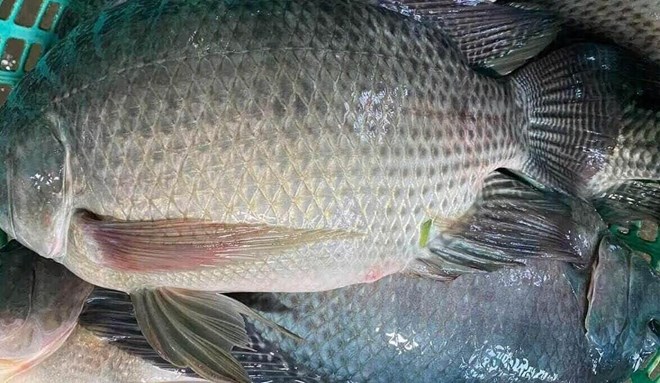
Speaking at the forum, Mr. Ngo The Anh - Head of the Department of Aquaculture, Department of Fisheries and Fisheries Control (Ministry of Agriculture and Environment) commented that giant catfish has great potential for development thanks to its high adaptability, low production costs, increasingly expanding market demand and in line with the orientation of diversifying Vietnam's exported seafood products.
However, the industry still faces many difficulties such as small-scale farming, disruption, lack of chain linkage, high production costs and unsynchronized infrastructure.
From there, Mr. Ngo The Anh proposed many key solutions, suggesting a direction to develop parrot farming into a strategic product of Vietnamese seafood. In particular, the industry needs to prioritize the completion of a high-quality fish breeding system, expanding farming areas to meet VietGAP standards, investing in deep processing technology to create value-added products and meet the needs of demanding markets.
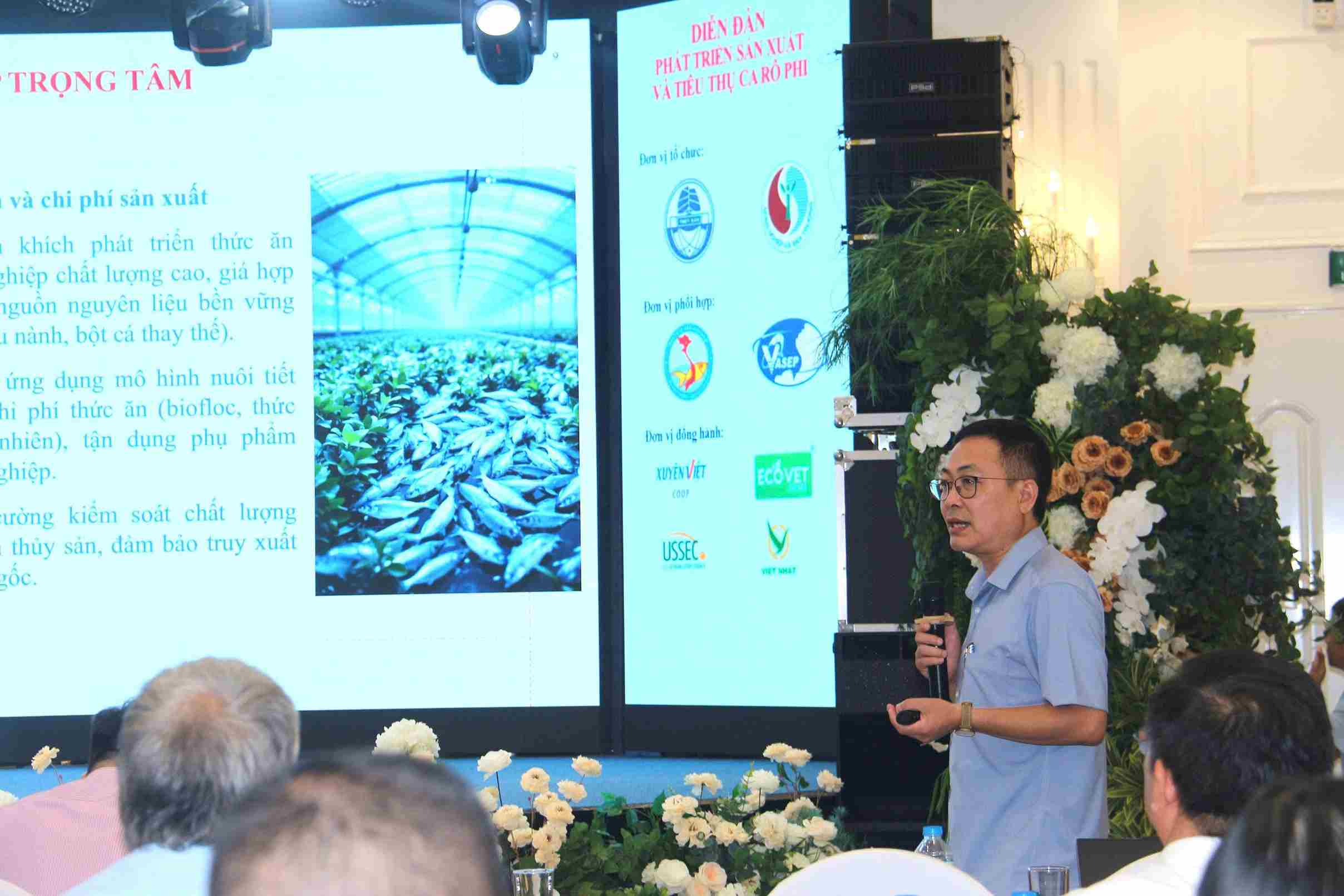
In addition, in the coming time, the Department's leaders said that it is necessary to build a brand "Vietnamese Pancakes", associated with international standards such as ASC, BAP, VietGAP, while diversifying export markets, expanding to the Middle East, South America and Africa - potential markets with few technical barriers.
Sharing the same opinion, the Institute for Aquaculture Research I added additional solutions for selecting male raccoons with a fast growth rate, high fil allure ratio, good resistance to diseases and adaptation to many different ecological regions, aiming to build a solid genetic foundation for the non-national male raccoon breeding program.
On the business side, a representative of De Heus Vietnam Group also proposed that in order to build an ineffective paley value chain, it is necessary to focus on controlling food quality and tracing the origin of raw materials. Applying international standards in animal feed production, combined with scientific nutritional management, will help improve farming efficiency, reduce costs and create stable products for processing and export.


